What does “blended learning” mean ?
Over the past few months colleagues and I have been increasingly looking towards formally structuring online and distance learning through the development of instructional design models and frameworks for the development of those learning experiences.
Whilst my role as Head of E-Learning touches on many aspects of distance learning there is, I think, an important distinction between the role I have and the the role of the Distance Learning Unit.
I would like to put forward a clearer distinction between technology enhanced learning, blended learning and distance (online) learning.
A place to start (but not rely on solely for information) is Wikipedia. Why do I start here? Well largely because it is written by a range of people and is updated quite regularly, but also because it’s often the first place my colleagues go to when “checking” to see if our definition aligns!!
It also can provide a springboard to other information and references.
The Wikipedia links are below:
E-Learning:
http://en.wikipedia.org/wiki/E-learning
Blended Learning:
http://en.wikipedia.org/wiki/Blended_learning
Distance Learning:
http://en.wikipedia.org/wiki/Distance_learning
We generally have broad agreement locally as to what Distance Learning is (this is focussed primarily with 100% online delivered provision). We also have a locally agreed understanding of E-Learning (predominantly focussed on the use of technology in face-to-face delivery). However “blended learning” is where we are needing to clarify our local definition.
Whilst researching a potential definition I began to sketch out my ideas for how we might visually explain the terms.
In this very rough sketch I identify e-learning & distance learning (at the top) as services and strategies within the institution. The columns beneath that relate to the 3 core activites within those strategies; TEL (the use of technology to enhance face-to-face), blended (a mixture of online and face-to-face) and distance (entirely online delivered).
As indicated in the crossover between e-learning & distance learning, blended activity will require activity from both areas (depending on the amount of face-to-face & online activity within the blended experience).

Sketch of a potential visual model for supporting an agreed locally defined set of terminology.
I am reasonably confident that I can sell and get agreement on the above model, but we have some work to do on defining locally what we mean by “blended” learning.
Most recently I was having discussions with teams in a Faculty around the definition of blended learning. They were defining “blended” as being learning which is predominantly face to face with online supported activities. In many ways I can see their perspective, but if this definition is the case then almost all of our courses would be “blended” because all of our courses have an online (VLE) presence.
I really enjoyed reading this document and it’s definition of blended learning (although K-12 focussed) but it still didn’t clarify at which point we could move from a TEL related use of the VLE to being a blended delivery.
There are also plenty of published papers on blended learning including this one which references Poon’s (2011) definition of blended learning being a combination of face to face learning experiences, i.e. in class events, and online learning experiences. But still these lack any definitive agreement on the term.
Perhaps if we associated contact hours with a blended learning definition this would help? But no, the QAA’s own guidance on contact hours suggests that even if there is email contact as part of the course then that would be contact hours;
“Contact time may also take a virtual rather than face-to-face form, through the use of email, email discussion groups, virtual learning environments (VLEs) and other technology-aided means.” – Explaining Contact Hours, QAA, 2011
This would mean that every course would be identified as blended!
Sheffield Hallam academic policy document states that:
“Blended Learning is not a mode of study that is recognised by, or can be externally reported to, HESA/HEFCE. Therefore its use can only be informal and is usually used when describing a course which integrates face to face taught and distance learning/online learning delivery methods” – SHU Academic Policy Document
In our own curriculum develop documentation we state that:
“Blended learning is a method of delivery which combines face to face delivery and online delivery. For the purposes of public information to students, we need to be clear about which elements of a given course are delivered in each way. Hence, describe which elements of the course are delivered wholly online and how this is supported.”
As there appears to be no clear way of defining the term “blended”, without it including all current on campus face-to-face delivery, I wish to locally propose that we use the term “blended” when a course is has identified scheduled learning hours (those which were traditionally timetabled for face-to-face delivery) for online delivery (asynchronous or synchronous).
As an example, if a Level 4 weekly course delivery has 12 face-to-face contact hours and the course team then decide to deliver a quarter of those online this would then mean 3 of the contact hours would be online and 9 would be face-to-face. This would mean that the delivery is now blended.
I would very much welcome other peoples thoughts on whether they have locally agreed what “blended” means and how they differentiate between blended delivery and those which are technology enhanced face-to-face delivery.



One response
Very neat article post.Much thanks again. Much obliged. ebkaedeedegcfede